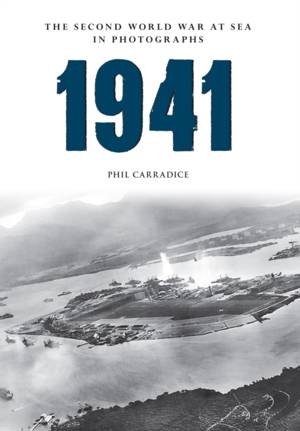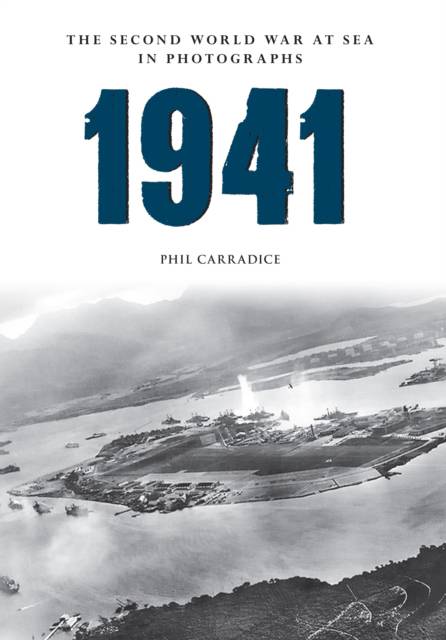
- Afhalen na 1 uur in een winkel met voorraad
- Gratis thuislevering in België vanaf € 30
- Ruim aanbod met 7 miljoen producten
- Afhalen na 1 uur in een winkel met voorraad
- Gratis thuislevering in België vanaf € 30
- Ruim aanbod met 7 miljoen producten
Zoeken
Omschrijving
At the beginning of 1941, Britain stood alone against Germany and Italy. The Battle of the Atlantic was in full swing. Hitler's U-boats were operating in packs, descending on convoys and sinking many millions of tons of shipping. In May, the formidable German battleship Bismarck left port, heading out into the North Atlantic. After sinking the battlecruiser HMS Hood off Iceland, she was eventually cornered by the Royal Navy in the Bay of Biscay and sunk herself. A major breakthrough came when a naval Enigma code machine was captured from the U-boat U-110. With the attack by Hitler on Russia in June, convoys began to be sent up the coast of Norway to the northern ports of Murmansk and Archangel, carrying war material to support the struggling Soviets. December 1941 saw the war become a truly global conflict, with the Japanese attacks on Pearl Harbor, Malaysia, Hong Kong and Indonesia bringing the United States into the war. Using many rarely seen images, Phil Carradice tells the story of 1941: The War at Sea.
Specificaties
Betrokkenen
- Auteur(s):
- Uitgeverij:
Inhoud
- Aantal bladzijden:
- 128
- Taal:
- Engels
- Reeks:
Eigenschappen
- Productcode (EAN):
- 9781445622453
- Verschijningsdatum:
- 15/11/2014
- Uitvoering:
- Paperback
- Formaat:
- Trade paperback (VS)
- Afmetingen:
- 163 mm x 231 mm
- Gewicht:
- 317 g

Alleen bij Standaard Boekhandel
+ 53 punten op je klantenkaart van Standaard Boekhandel
Beoordelingen
We publiceren alleen reviews die voldoen aan de voorwaarden voor reviews. Bekijk onze voorwaarden voor reviews.








